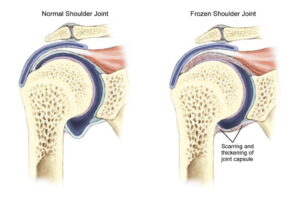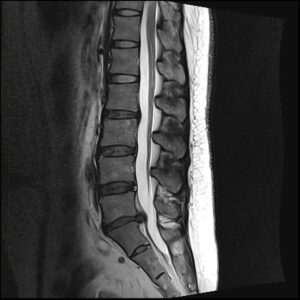Almost one-quarter of women suffer from some form of pelvic floor dysfunction. However, men also frequently experience pelvic disorders that can, in turn, lead to erectile dysfunction, pain, incontinence, and other unpleasant symptoms.
If you feel like you have symptoms associated with pelvic dysfunction it is important to ensure that you get the help you need as soon as possible.
This article outlines the importance of maintaining pelvic health and how physical therapy can help you on your journey to recovery.
Let’s get started!
What Is Pelvic Floor Dysfunction?
Your pelvic floor is the sling of muscles present at the bottom of your pelvis. It supports the pelvic organs include the bladder, rectum, vagina, uterus, and prostate.
Pelvic floor dysfunction is associated with the inability to relax and contract the muscles of your pelvic floor. You might notice this during urination or bowel movements. For example, you might have trouble emptying your bowel or bladder, experience stool or urine leakage, or have difficulty tolerating OB/GYN exams or inserting a tampon.
For women, this can also manifest as pain during sex, and for men, it could manifest as pelvic pain or erectile dysfunction. Many men also suffer from pain or incontinence relating to prostatitis or post-prostatectomy surgery. Transgender men and women are often treated post gender affirmation surgery to assist with recovery and restore function.
Causes of Pelvic Dysfunction
Some causes of pelvic health issues include traumatic injuries, pregnancy and childbirth, overuse of pelvic floor muscles, pelvic or abdominal surgery, pelvic organ prolapse, obesity, athletic injuries, interstitial cystitis, endometriosis, connective tissue disorders, prostatitis or prostate cancer, and other medical complications. Female athletes engaged in sports or activities that involve running, jumping, and high-impact landings are generally at a high risk for developing incontinence.
Physical Therapy and Pelvic Health
Pelvic physical therapy is generally recommended as the first line of conservative treatment for someone experiencing pelvic dysfunction. A physical therapist begins by evaluating the patient’s history and performing an orthopedic and pelvic exam to identify issues within the internal and external muscles.
The therapist then creates a personalized treatment care plan for the patient, including various rehabilitation therapy exercises designed to restore pelvic muscle strength and coordination, improve bowel and bladder control, and alleviate pain, over time. These exercises can include stretches, relaxation techniques, breathing, postural re-education, and more. Additionally, you will also receive the information and tools you need to self-manage your condition and prevent exacerbation.
Some other types of pelvic physical therapy might include trigger point therapy, dry needling, deep tissue massage, skin rolling, dilation, biofeedback, and internal trigger point therapy.
The goal of pelvic physical therapy is to reduce pain and restore functionality.
Get One Step Closer to Recovery
Pelvic health can deteriorate for a variety of reasons ranging from childbirth to injury. Urinary incontinence, urgency/frequency, constipation, leaking stool, pain during or after sex, sacral or coccyx pain, and arousal dysfunction are some common symptoms. Pelvic physical therapy has been proven effective in treating these symptoms for all genders.
Do you or does someone you know suffer from pelvic dysfunction? Fill out this short form and schedule an appointment with a qualified, experienced physical therapist for a personalized treatment plan.







